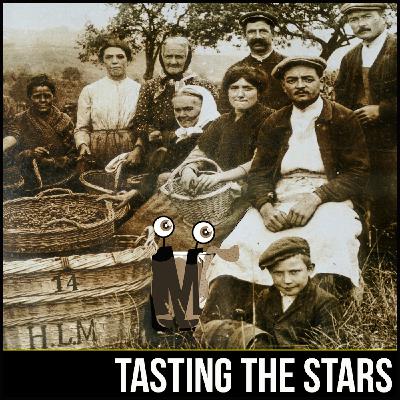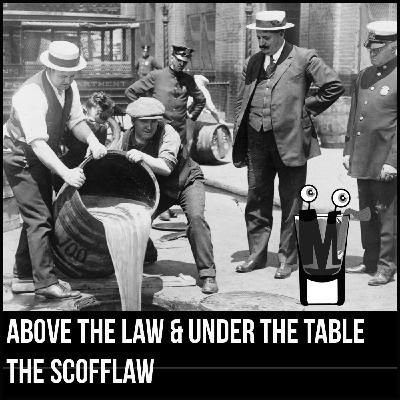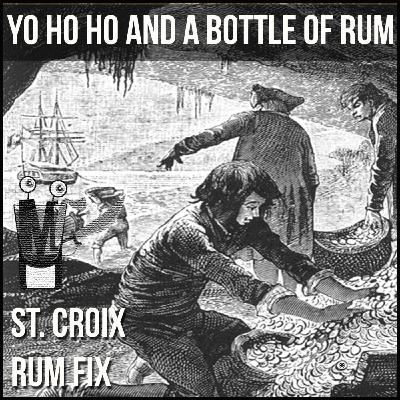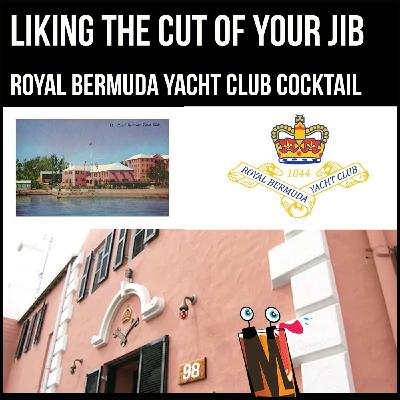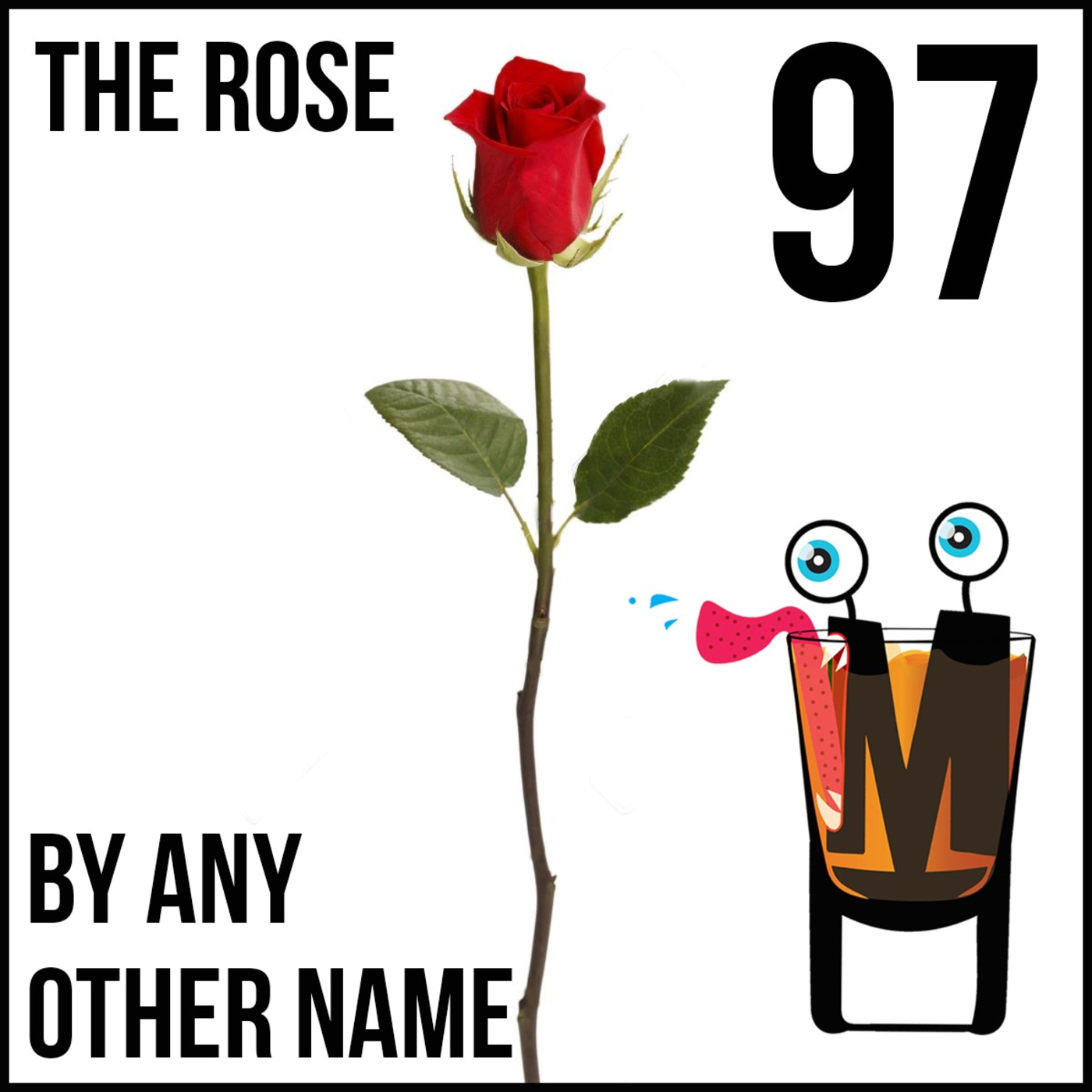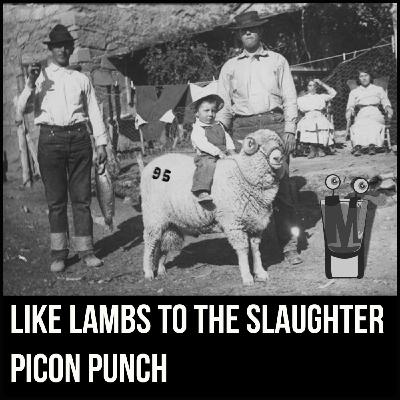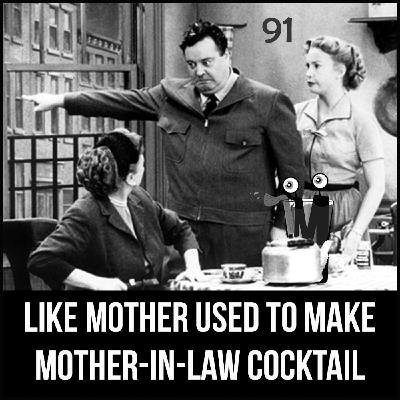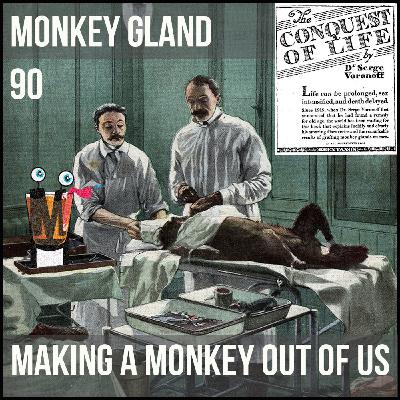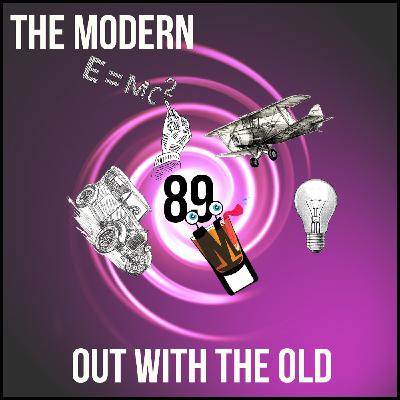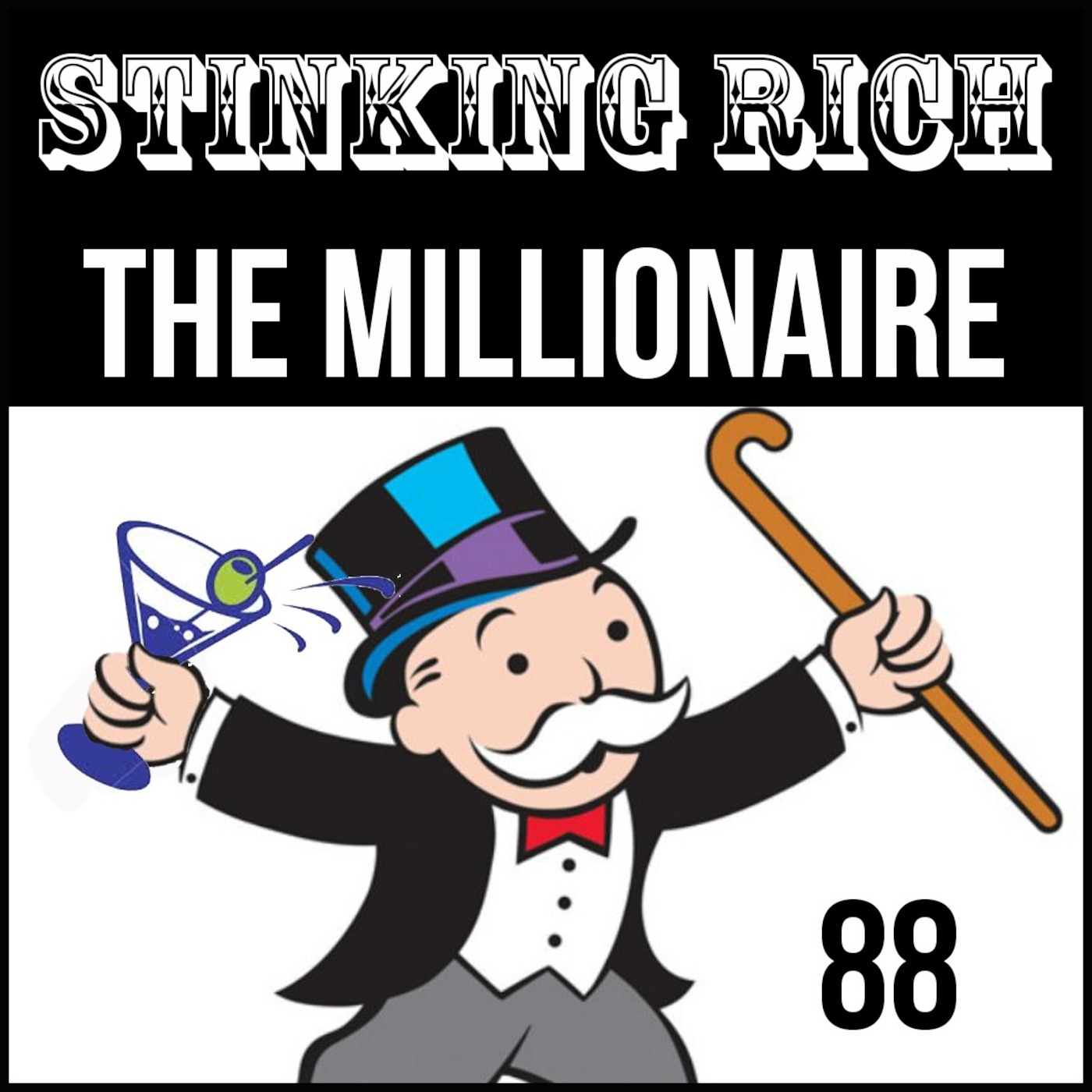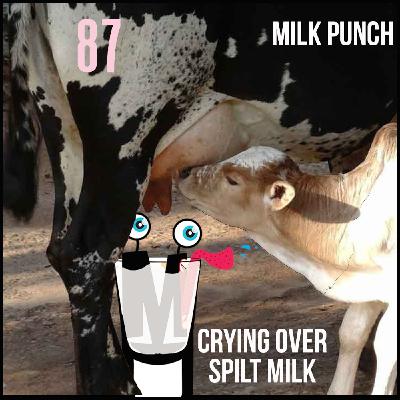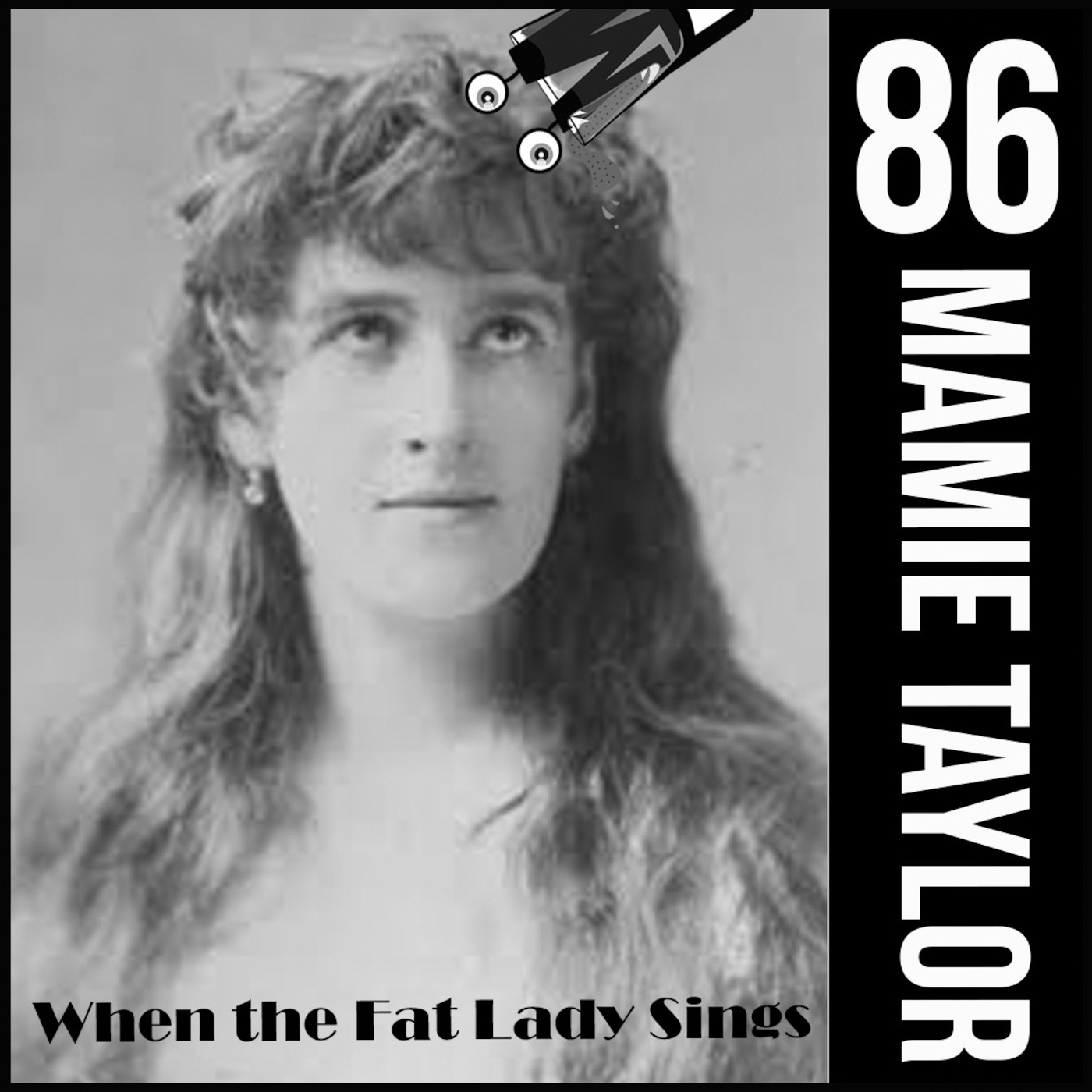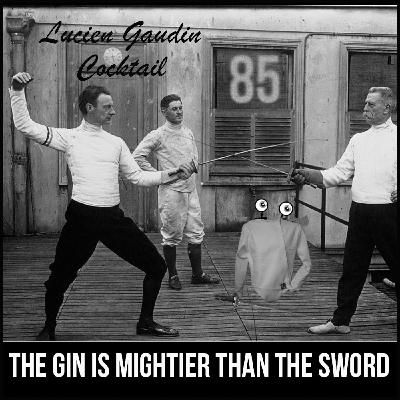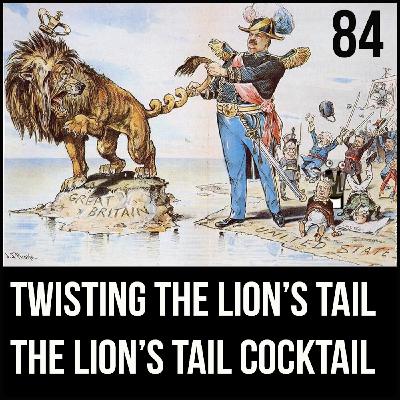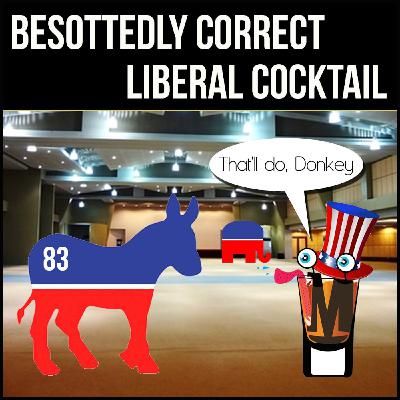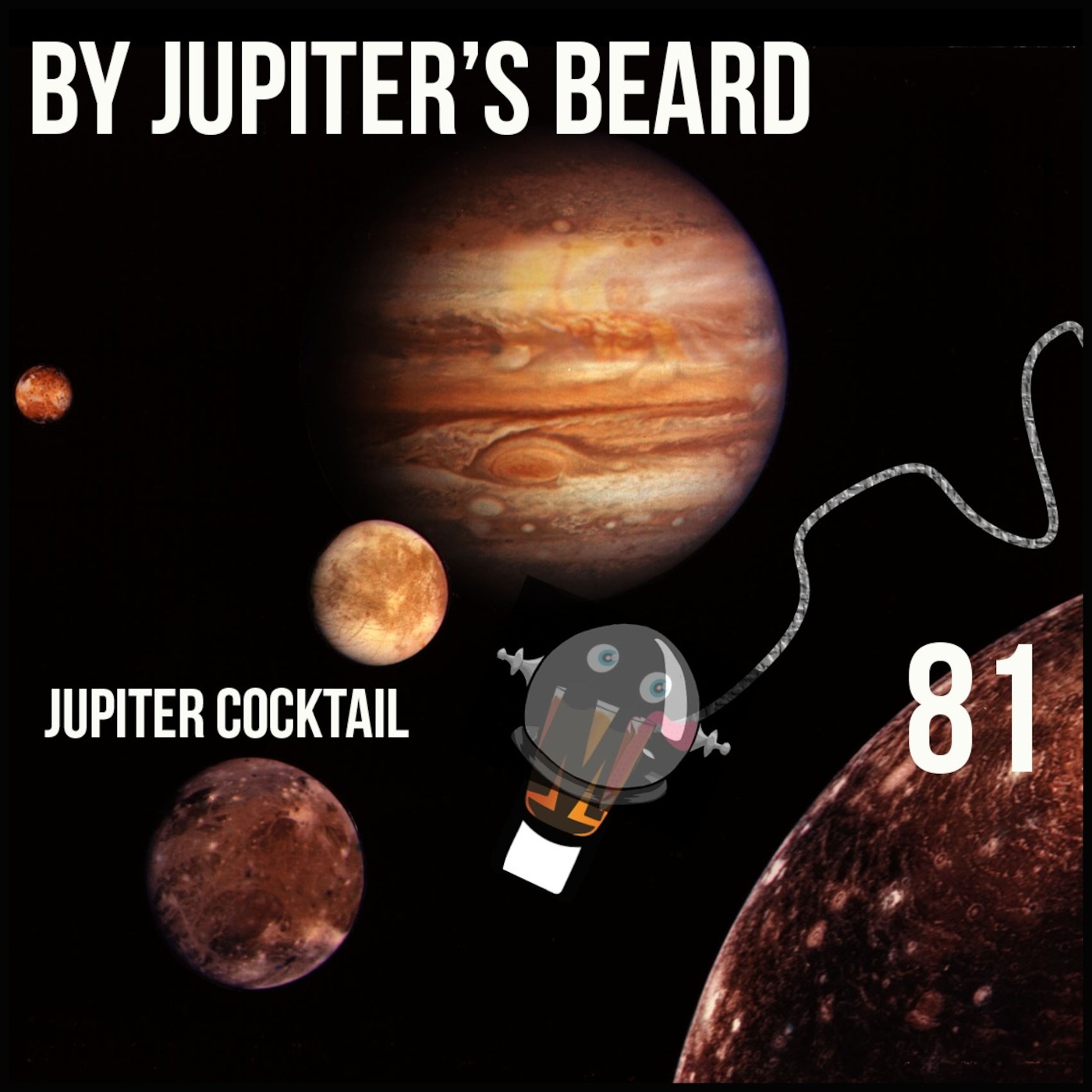Discover Monster in a Glass
Monster in a Glass

100 Episodes
Reverse
History of the Champagne Cocktail including Dom Perignon and why original recipes call for wine
Classic cocktail history Ritz Sidecar
The Pendennis Cocktail seems to have been a drink that was hardly known. Appearances in recipe books are few and far between, and when it did show up, there were variations on the recipe. Not much to talk about there. However, while the cocktail information was sparse, there seems to be a whole lot of different Pendennis drinks including a toddy, a mint julep, and even an eggnog. So, this Pendennis must be something important. Join us as we discuss this almost completely forgotten cocktail. We also explore the Pendennis Club, where it got its name, and why we probably would not be asked to be members. We also do a call back to the Old-Fashioned episode where the Pendennis Club made an appearance, and the Fish House Punch episode where we discussed similar types of social clubs. More clubs where we would probably not be asked to be members.
The Pegu Club Cocktail takes us all the way to Myanmar, to ask the question. What was the Pegu Club? And how did it get its own cocktail? The answer is…not 100% sure! We know it was a club for Brits who lived and had their holidays in Myanmar in the late 19th and early 20th centuries. In this episode we try to piece together what the purpose of the club was, why the British were there (hint: it rhymes with mimperialism), and a very tiny slice of Myanmar’s long and rich history that led to the cocktail we discuss.
The Mother-in-Law Cocktail is a tricky one to discuss. It is a family recipe out of New Orleans, and the ingredients are in great proportions to make it something you store in a bottle. This drink calls for New Orleans staple Peychaud’s Bitters, Angostura, Bitters, Amer Picon, Orange Curacao, simple syrup, maraschino liqueur, and Bourbon. Just short of every booze possible.So, with nothing to go on as far a history of this cocktail we talk about, you guessed it, Mother-in-laws! Join us as we discuss the long-running mother-in-law jokes and stereotypes with roots in Vaudeville and the transition to other entertainment mediums, possibilities of where this trope might have originated, and whether there is any cultural truth behind overbearing mother-in-laws.The recipe is:1 tsp Peychaud's Bitters1 tsp Angostura Bitters1 tsp Amer Picon0.5 oz orange curacao0.5 oz simple syrup0.5 oz maraschino9 oz bourbon
We have done a number of episodes that have taken us into the realm of gross. Sometimes it is the ingredients, sometimes it is the backstory, sometimes it is because we are gross. The Monkey Gland is a special one because hits on all three!Join us as we break down the why Harry MacElhone and not Frank Meier created this drink, how the drink was used as a defense in a trial, and how this drink was named after some very weird virility experiments involving, you guessed it, monkey glands.The recipe is:1 ½ ounces dry gin1 ½ ounces orange juice1 teaspoon grenadine1 teaspoon absinthe
The Modernista, or as it is known originally, The Modern Cocktail, has recipe that appears to have all the flavors and all the booze. Just not all the flavors you might think go together with absinthe, scotch, orange bitters, lemon juice, and rum. It seems this is one cocktail that really was forgotten, starting in the 1910s and barely making it to the 1930s.Join us as we take a look at what modern means, what was considered modern in the early 20th century and the term modern in advertising. We also get all philosophical with this one, discussing modernity and postmodernism.
You would expect the Millionaire Cocktail to be opulent, featuring the finest liquors, a white truffle garnish, served in a solid gold goblet, rimmed with caviar, and a $100 bill for a straw. Or it is all just a trick to get you to drink something that is hardly different than a hundred other cocktails so you can feel fancy.This drink should have been fairly easy to research except for the fact that there were two different recipes running concurrently for the first half of the twentieth century. Not to mention other Millionaire drinks with different recipes popping up here and there to confuse matters. In this episode, we explore whether this was a coincidence or some lifting of recipes and alterations along the way. It might be that the researcher just got into the conspiracy theory juice again.Join us as we explore the millionaires over time, why the path of the Millionaire Cocktail follows those bartenders who seemed to be extra fond of grenadine, and the life of bartender Jacques Straub.1.5 oz dark rum.75 oz peach brandy.75 oz sloe ginjuice of one lime
This episode we are talking about Milk Punch, which in newer recipes resembles a boozy milkshake. As the recipes get older, they get, let’s say slightly more unusual. This is the oldest drink that we have covered so far, with origins dating to at least the early 1700s, probably earlier. Going back to these early recipes, we learn about women’s roles as brewers, distillers, wine-makers, and home-doctors during the 17th and 18th centuries.Join us as we talk a whole lot about milk, like probably more than you ever wanted to hear about it. In addition to combining citrus and milk and pasteurization, we dive into the old-timey medicinal benefits for things like fleas and something called the Pissing Evil. Fair warning, this one gets pretty gross. Like running milk through a hair sieve gross.The recipe is:1 ounce brandy½ ounce dark rum2 teaspoons simple syrup2 dashes vanilla extract4 ounces whole milk
For as many times that we have said that there aren’t a whole lot of Scotch cocktails, we have another one for you! This one also has the name of a person, which sometimes is helpful like the Lucien Gaudin and sometimes unhelpful like the Barbara West. We are somewhere in the middle with The Mamie Taylor. This cocktail is Scotch, lime juice and ginger ale, and was often noted as being a refreshing summer drink.Mamie Taylor was an operatic singer who seems to have been involved in musical theater and plays around the end of the 19th century. While not famous per se, must have been of some note to someone in order to get a whole drink named after her.Join us as we discuss how this drink may have been a product of Washington correspondents, how no one reads anything before reposting it on the internet, and William “The Only William” Schmidt claiming that he actually invented the drink way before it became popular.The recipe is:2 ounces of Scotch¾ ounce freshly squeezed lime juiceGinger ale
At first glance, you might say that this cocktail has an unusual combination of ingredients, featuring gin, Campari, French Vermouth and Cointreau. And then you realize it is a Negroni with Cointreau. Oh well, there are only so many ingredients!The Lucien Gaudin Cocktail on the surface seems like a perfect cocktail to be able to research because, someone’s name! As our Barbara West episode showed, it isn’t always going to be that easy. In this case, we Gaudin, a champion, left-handed, French fencer, happened to be more of a household name than our vague Ms. West.Join us as we discuss whether this drink was something Gaudin was a fan of, or if he was lending his name to a book to add a celebrity endorsement. This episode takes us into the world of championship fencing, the Olympics, and duels! No joke, 20th century duels were a thing. History, you so crazy.1 oz gin1/2 oz Cointreau1/2 oz Campari1/2 ox dry vermouth
The Lion’s Tail cocktail is one of just many, many recipes originating from the Café Royal Cocktail Book (1937), that never really appeared again until very recently. Most of the ingredients are pretty standard, with the exception of Pimento Liqueur, more commonly known as Allspice Dram nowadays.We discuss this rum-based liqueur’s Caribbean origins, strong Christmas flavor, and unusual pairing with bourbon instead rum. In this episode, the name of the drink leads us to a long history of the lion as a symbol of Britain, and a whole lot of twisting of its figurative tail.So join us as we explore the use and origins of this phrase “twisting the lion’s tail” with the nineteenth century Irish on both sides of the Atlantic, a resurgence of the phrase in the 1920s and 1930s, and key points of Ireland’s relationship with Britain that led to all this talk about doing stuff with lion’s tails. The recipe is:2 ounces of bourbon¾ ounce of Allspice Dram½ ounce of lime juice½ tablespoon of simple syrup2 dashes of Angostura bitters
In the U.S. of today the term liberal has very specific connotations. What did it mean when the Liberal Cocktail was created in the 1890s though? Was the creation a celebration of or jab at late 19th-century liberal ideals? If you had that label, what were you fighting for?Join us as explore the concept of liberalism and its meaning during the early 20th century. We also discuss the Liberal Cocktail, its standout ingredient Amer Picon, and the nearly complete disappearance of both. In the case of the cocktail, we take a look at whether a backlash against liberalism may have been the real cause of its disappearance. The recipe is:¾ ounce of whiskey¾ ounce of Italian vermouth3 dashes of Amer Picon (or Torani Amer)1 dash of orange bitters
First printed in Ted Saucier's Bottoms Up cocktail guide, this drink is not well represented and probably not well liked but nevertheless we did our 82nd episode on it. It first appears nearly simultaneously with the introduction of blue curacao on the market, it's recipe in Saucier's book, and a Bols ad for blue curacao roughly around 1951. It seems to have been given a spotlight for a short time by Bols and a couple of wheeling-dealing PR agents, Ted Saucier and Frank Farrell, who both did a stint in the Marines. It's an interesting little tale of cocktail invention in the Mad Men era.But we didn't leave it at that. We did a full assessment of understanding the origin of the word leatherneck and how it came to be applied to the personnel of the U.S. Marine Corps and then we told the stories of how the U.S. Marine Corps came to be and some of the amazing adventures they had in their early years. Truly cinematic stuff.The drink is:2 oz blended whiskey0.75 oz blue curacao0.5 oz lime juiceFirst off, the drink is frightening in aspect. We kept referring to it as green alien blood. The taste was pretty horrid as well. We sat in the bar trying to figure out why anyone would make this drink if it wasn't a prank...and then it hit us. The Leatherneck Cocktail tastes like salty leather. So nobody would ask to drink a cocktail that tastes like a sweaty leather collar, but if someone proposed that they could make a drink that tastes like briny hide people would still be impressed that that could be delivered. Granted its a parlor trick that works once and then it's retired...however, once we understood what the cocktail was all about, some members of the tasting team started to appreciate its complexity.Going into production of this episode I didn't think there was going to be much to discuss. This one ended up like a hidden gem...probably emerald...or maybe more sapphire.
A name like the Jupiter Cocktail immediately evokes images of the enormous planet with the great swirling storms and the Roman king of the gods, with thunderbolt in hand. The cocktail indicates power, something greater than all. I would expect ten different kinds of liquor served in a barrel, full of lighting, and on fire…or it could be just a martini with some Parfait Amour and orange juice.Join us as discuss this stormy-colored drink and its standout ingredient Parfait Amour. We also try to figure out whether the inspiration was a god, a planet, or maybe even a World War I ship.The ingredients are:1 and ½ ounces gin¾ ounce dry vermouth1 teaspoon Parfait Amour1 teaspoon orange juice



